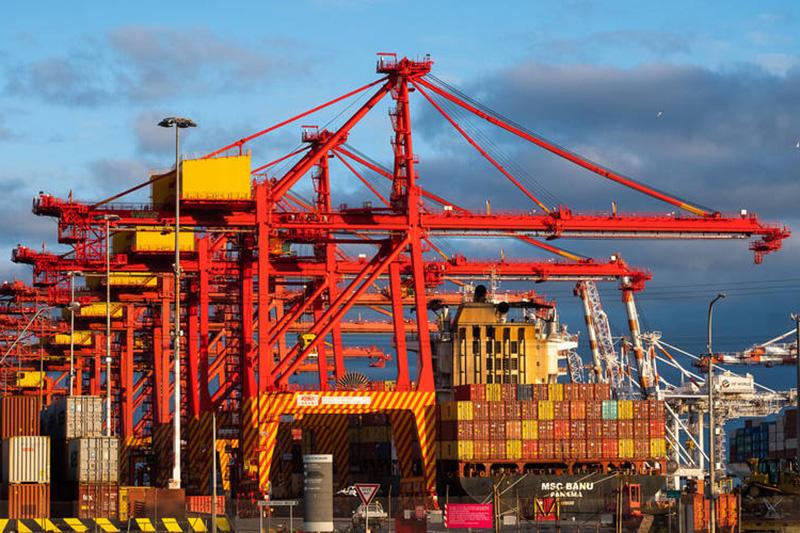Expenditure on education & training in Australia 2014

We know that education and training is a continuum, from early childhood, through schooling, to tertiary study and training. Yet our public policy and funding settings continue to reflect a piecemeal approach.
This analysis and background paper shows that Australian governments are prioritising their investment in some aspects of education over others - with schools and universities the beneficiaries and VET in real decline. Further, this is occurring in the absence of an explicit, or even apparent, policy logic or rationale.
Summary of key findings
Comparative analysis of expenditure on education across the three sectors shows a clear trend – while spending on schools and universities has risen significantly over the last decade, there has been a much lower rate of growth in VET spending.
Total expenditure grew only 15 per cent for VET over the ten years to 2012-13, while schools and higher education experienced growth of 23 and 40 per cent respectively over the same period.
Expenditure on VET amongst the states and territories is uneven. In Victoria, expenditure on VET grew at an average of 4.2 per cent per year over the ten years to 2012-13, whereas New South Wales and Queensland averaged zero and negative growth over the same period.
Analysis of expenditure per student also saw VET falling short. In higher education, expenditure per student has been relatively stable, while spending per student in government secondary and primary schools has increased 20 per cent 30 per cent respectively. Meanwhile expenditure per hour of training in VET actually decreased around 25 per cent over the same period.
Overview
There has been considerable discussion in Australia in recent years about the inevitable repositioning of our economy, and of the significant role education and training will need to play in that transition.
Most agree, if we are to compete and prosper in a global economy and labour market we will be increasingly reliant on the strength of our people, their skills and their ideas.
This realisation has rightly translated into increased attention on our education system, as governments try to get the settings right to meet the challenge. Researchers, policymakers and experts have explored questions of system design and funding at the national, state and institution level, including how much investment is required to achieve our objectives, and how it could be spent most effectively.
Most agree, if we are to compete and prosper in a global economy and labour market we will be increasingly reliant on the strength of our people, their skills and their ideas.
A number of significant reforms are being implemented, including the introduction of the student demand-led system in higher education and vocational education and training (VET) and commitments to considerable increases in school funding. However much of this policy attention has been fragmented, looking at individual sectors of the system in isolation.
In Australia we tend to foster expertise in schools, VET and higher education respectively, with these divides often reflected in the portfolio arrangements of governments. Analysis confined to one sector is the norm, with broader thinking the exception.
Of course, this disjointed approach is encouraged by the division of responsibilities under our federal system. As recent experience and attempts at reform have highlighted, a tricky web of historical precedent, national objectives and broader Commonwealth/State relations can combine to thwart or distort attempts at policy development.
Given this significant disjuncture, and the importance of education and training to our collective future, the Mitchell Institute saw the need to undertake a broader analysis of investment across the schools, higher education and VET sectors.
This paper, which draws on analysis by ACIL Allen Consulting, provides a comprehensive picture of expenditure across schools, VET and higher education at both state/territory and Commonwealth level, including all expenditure by public sector institutions such as TAFEs and universities.
The ABS data used in the analysis captures expenditure through each education system. At the tertiary level, this means not only funds spent on teaching and learning, but also funding provided by government for income contingent loans. It also includes research expenditure by universities.
This inclusive measure was chosen because the analysis was intended to broadly examine where we are investing in human capital across the three levels of education. Future work by the Mitchell Institute will assess ways in which total public and private spending can be identified and analysed.
This paper also examines real government recurrent spending per student, based on the administrative data from the separate sectors.
Together, these analyses clearly illustrate the uneven nature of Australian governments’ expenditure, and the lack of an overall strategic approach to the investment in education and training.
Key findings on this aspect of the analysis were presented in an address by Professor Peter Noonan, Professorial Fellow at the Mitchell Institute, to the TAFE Directors Australia Conference in Sydney on 2 September 2014.



